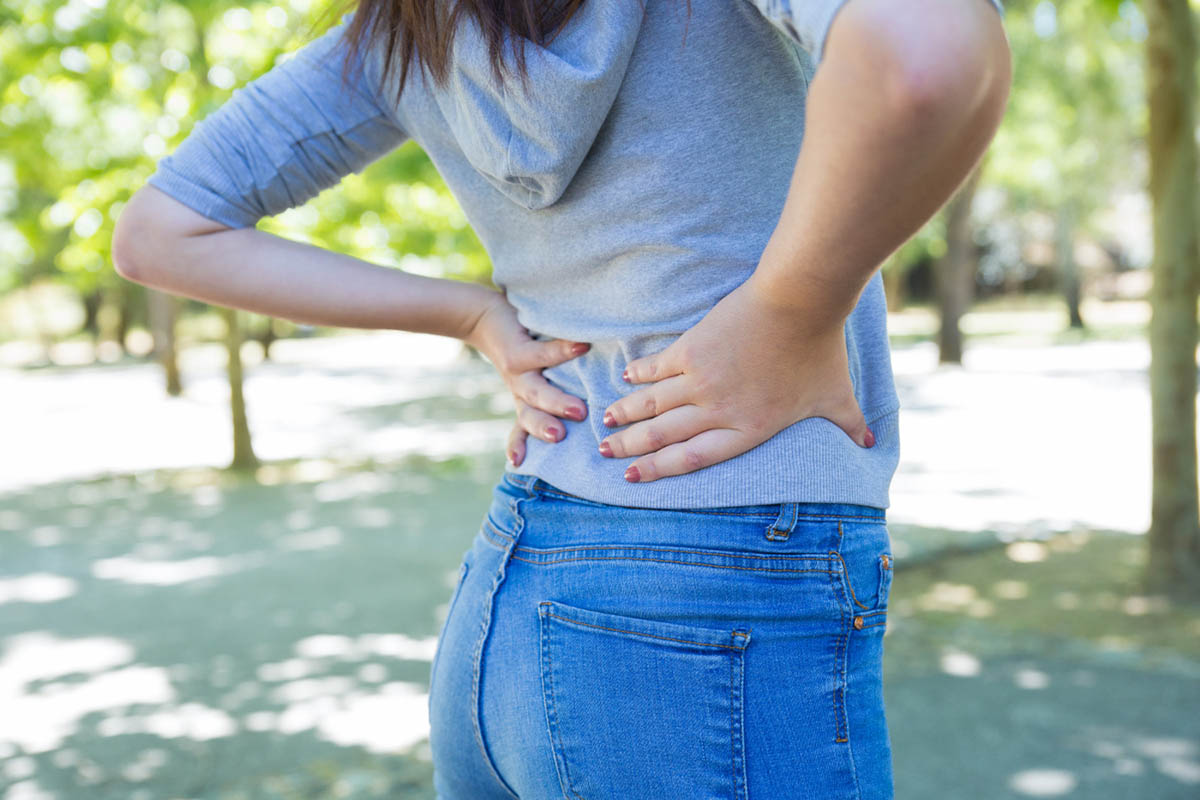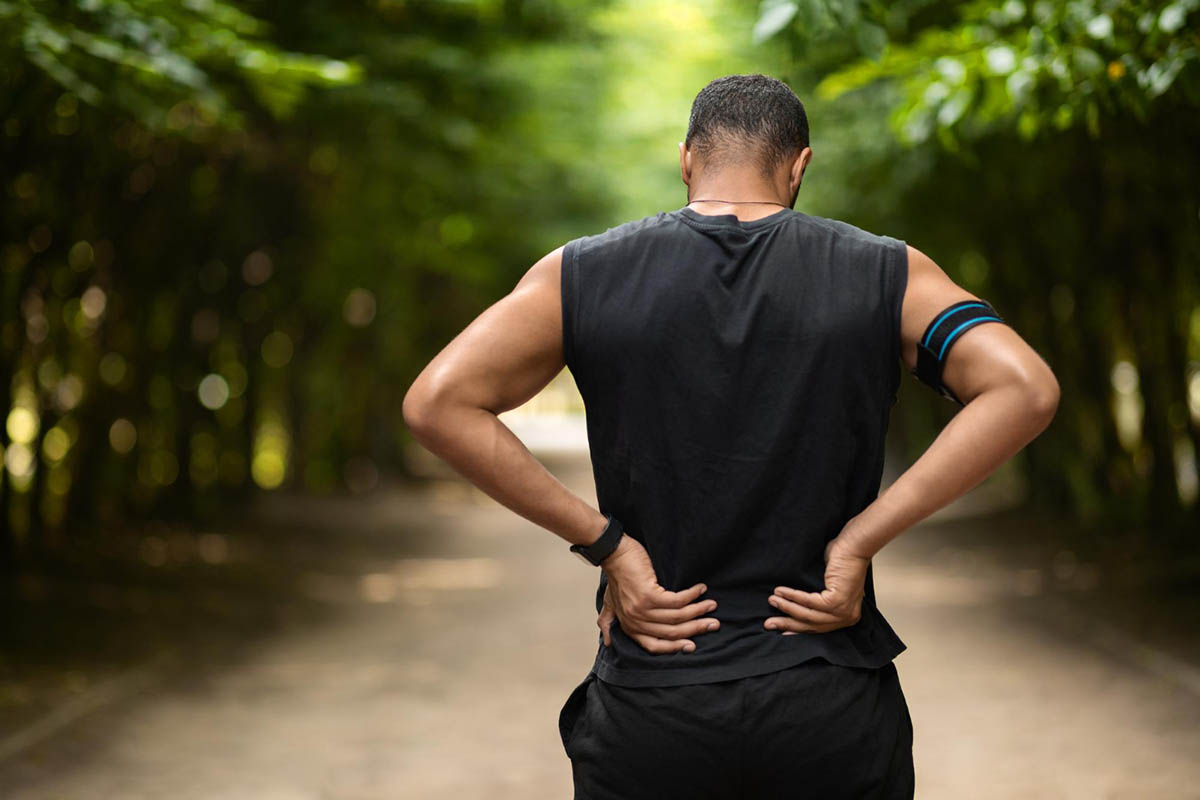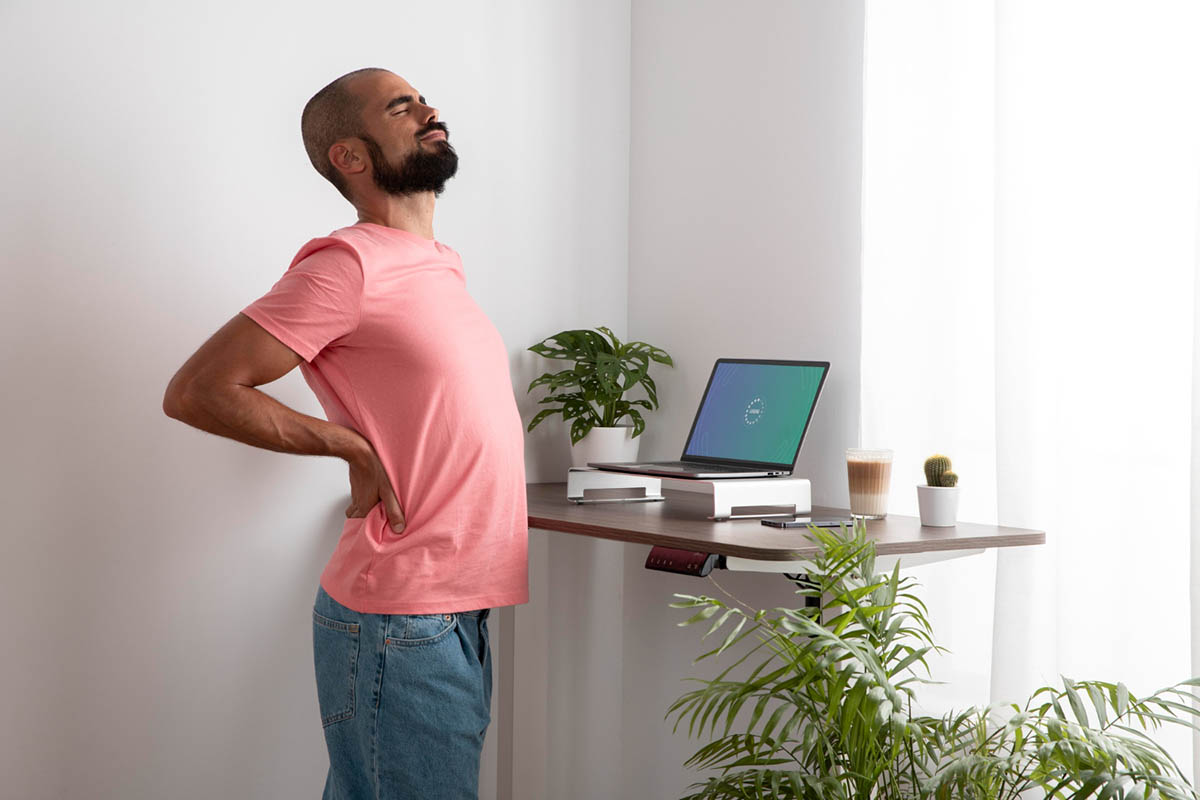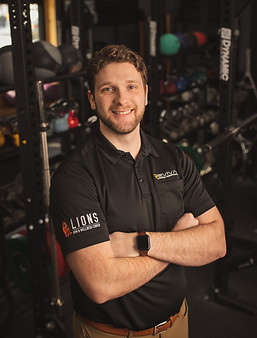Introduction
Imagine a sharp pain between your shoulder blades that worsens with every breath. This could be a sign of a herniated disc upper back, a condition that can significantly impact your daily life. While less common than lower back herniations, upper back herniated discs can cause substantial pain and discomfort, especially for people between 20 and 50 years old.
This blog dives deep into understanding this condition, exploring the anatomy of your thoracic spine, the culprits behind the herniated disc upper back, the symptoms, how it’s diagnosed, and most importantly, the treatment options available to get you back on track.
Anatomy of the Thoracic Spine
The thoracic spine, located between the cervical spine (neck) and lumbar spine (lower back), consists of 12 vertebrae labeled T1 through T12. Intervertebral discs separate each vertebra, acting as cushions and providing flexibility.
These discs have a tough outer layer (annulus fibrosus) and a gel-like center (nucleus pulposus). When the gel-like center (nucleus pulposus) pushes through the tough outer layer (annulus fibrosus) results in a thoracic disc herniation potentially compressing nearby nerves and causing pain.
Causes of Upper Back Herniated Disc
Degenerative Disc Disease
Degenerative disc disease is a common cause of herniated discs, especially in older adults. Over time, the spinal discs lose their hydration and elasticity, making them more prone to tearing and herniation. This degenerative process can lead to the protrusion of disc material into the spinal canal.
Traumatic Injury
A sudden traumatic event, such as a fall or car accident, can cause a herniated disc in upper back. The impact can exert excessive force on the spine, causing the disc to rupture or bulge out of place.
Poor Posture
Consistently poor posture over an extended period can exert excessive strain on the thoracic spine, contributing to disc herniation. Activities such as slouching while sitting or standing, as well as improper lifting techniques, can worsen this condition.
Repetitive Strain
Engaging in repetitive movements that strain the upper back, such as heavy lifting, twisting, or bending, can increase the risk of a herniated disc. This repetitive strain weakens the disc structure, making it more susceptible to injury.
Symptoms of a Herniated Disc in the Upper Back

Pain and Discomfort
Pain is the most common symptom of a herniated disc upper back. The pain may be localized to the upper back or radiate to other areas, such as the chest, shoulders, or arms. The intensity of the pain can vary, ranging from mild to severe pain.
Radiculopathy and Myelopathy
Radiculopathy occurs when the herniated disc compresses a nerve root, causing pain, tingling, or numbness that radiates along the affected nerve. Myelopathy, a more serious condition, involves compression of the spinal cord itself, leading to herniated disc upper back symptoms such as difficulty walking, loss of coordination, and bowel or bladder dysfunction.
Numbness and Weakness
Compression of the spinal nerves by a herniated disc can result in numbness and weakness in the upper back, shoulders, and arms. These symptoms can affect daily activities and reduce overall mobility and strength.
Diagnosing a Herniated Disc in the Upper Back
Physical Examination
A physical examination by a health care provider can help diagnose a herniated disc. This examination typically includes assessing the patient’s range of motion, reflexes, muscle strength, and areas of tenderness.
Imaging Tests
Imaging tests such as X-rays, MRI (Magnetic Resonance Imaging), and CT (Computed Tomography) scans are important in diagnosing a herniated disc. These tests provide clear and detailed images of the spine, helping to identify the exact location and severity of the herniation.
When to Seek Medical Advice
If you experience persistent upper back pain, numbness, weakness, or difficulty with coordination, it is essential to seek medical advice. Early diagnosis and treatment can prevent the condition from worsening and improve the chances of recovery.
Treatment Options for Herniated Disc in the Upper Back
Non-Surgical Treatments
Physical Therapy
Physical therapy is important in managing a herniated disc in upper back. A skilled physical therapist can create a personalized exercise program that can strengthen the muscles, improve flexibility, and relieve pain.
Medications
Over-the-counter pain relievers, anti-inflammatory drugs, and muscle relaxants can help manage herniated disc pain and inflammation associated with it. In some cases, prescription medications or corticosteroid injections may be necessary.
Surgical Treatments
Thoracic Discectomy
Thoracic discectomy is a surgical procedure that involves removing the herniated portion of the disc to relieve pressure on the spinal nerves. This procedure is usually considered when conservative treatments fail to provide relief.
Thoracic Fusion
Thoracic fusion surgery involves fusing two or more vertebrae to stabilize the spine and prevent further herniation. This procedure can help relieve pain and improve spinal stability.
Physical Therapy for Herniated Disc in Upper Back
Role of Physical Therapy
Physical therapy is important in the rehabilitation process for a herniated disc. It focuses on relieving pain, improving function, and preventing future injuries through targeted exercises and techniques.
Upper Back Herniated Disc Exercises
Stretching Exercises
Stretching exercises help improve flexibility and reduce muscle tension in the upper back. Common stretches include shoulder rolls, neck stretches, and thoracic extension exercises.
Strengthening Exercises
Strengthening exercises target the muscles supporting the spine, such as the back, shoulders, and core muscles. Examples include rows, shoulder blade squeezes, and resistance band exercises.
Posture Improvement
Improving posture is important in preventing and managing a herniated disc. Physical therapists can teach proper posture techniques and ergonomic adjustments to reduce strain on the thoracic region or spine.
How Revival Physical Therapy and Wellness Can Help

Comprehensive Evaluation and Diagnosis
Revival Physical Therapy and Wellness provides a thorough evaluation and diagnosis of upper back herniated discs, ensuring an accurate understanding of the condition.
Customized Treatment Plans
They offer personalized treatment plans tailored to the specific needs and goals of each patient, incorporating a variety of therapeutic approaches, including upper back herniated disc exercises.
Experienced Physical Therapists
The team at Revival Physical Therapy and Wellness consists of experienced physical therapists who are skilled in managing upper back herniated discs and guiding patients through their recovery journey.
Conclusion
An upper back herniated disc can significantly impact daily life, but with proper diagnosis and treatment, recovery is possible. Understanding the symptoms, causes, and treatment options empowers individuals to take proactive steps in managing their condition, improving spine health, and enhancing their overall quality of life.
FAQs
What does a herniated disc feel like in the upper back?
A herniated disc in the upper back typically causes localized pain and discomfort and may radiate to the chest, shoulders, or arms. Other symptoms include numbness, tingling, and weakness.
How to fix a herniated disc in the upper back?
Treatment options for a herniated disc in the upper back include physical therapy, medications, and, in severe cases, surgical interventions such as thoracic discectomy or thoracic fusion.
What are 3 symptoms of herniated disk?
Three common herniated disc symptoms are pain and discomfort in the affected area, numbness and tingling in the extremities, and muscle weakness.


